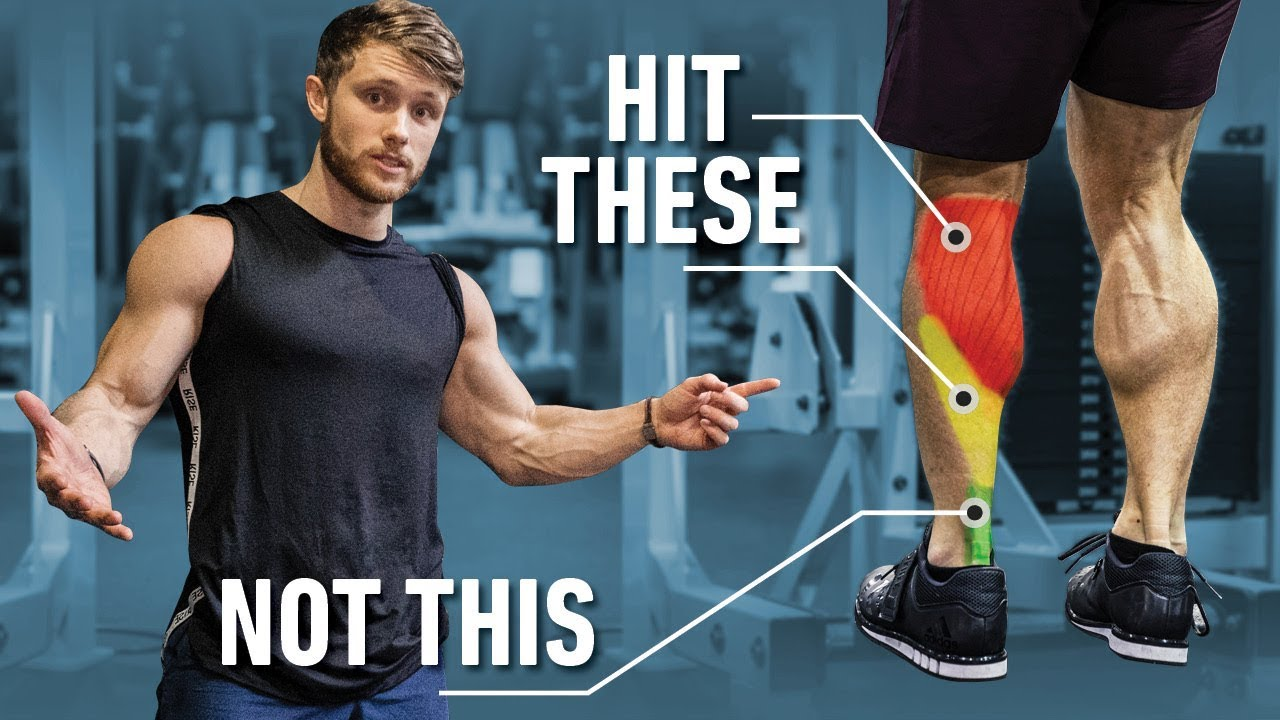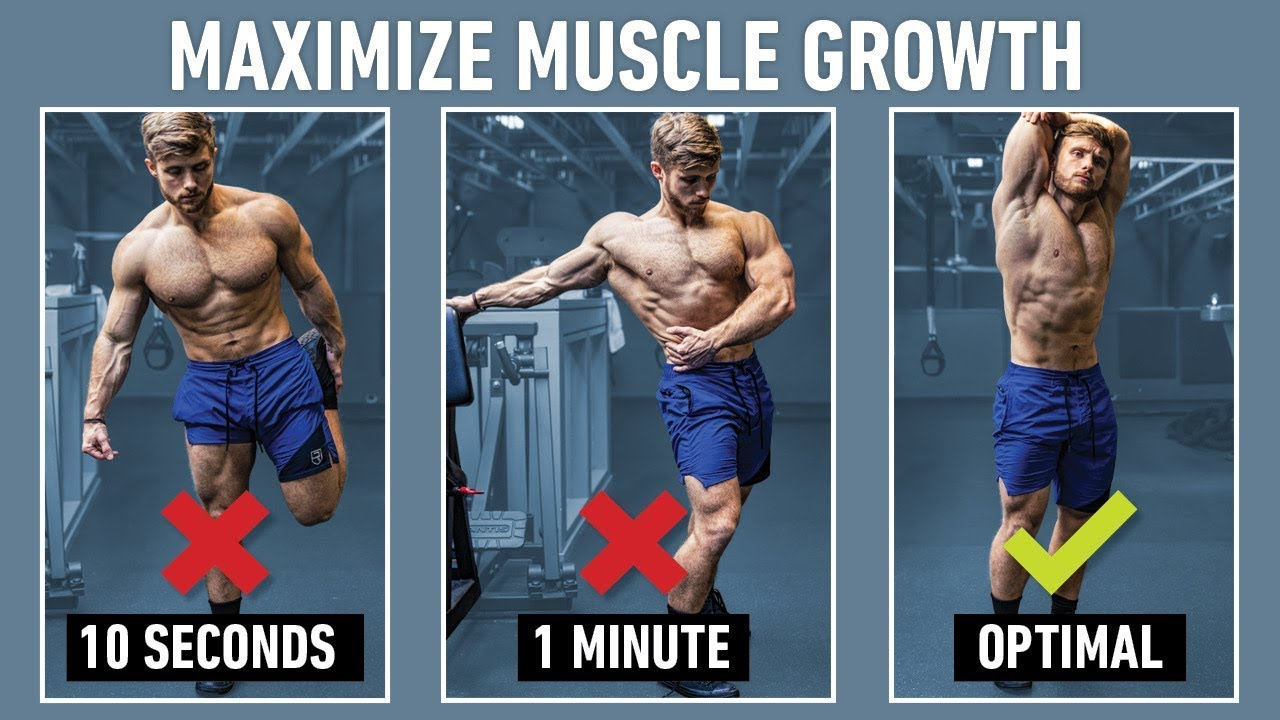For many lifters, calf development is one of the most frustrating aspects of bodybuilding. Genetics play a role, but more often than not, lack of progress comes from poor training technique. Simply bouncing up and down on a calf raise machine won’t cut it—you need to train with precision and intention.
In this guide, we’ll break down calf anatomy, explain how to target both major muscles effectively, and show you the proper way to perform calf raises for maximum growth.
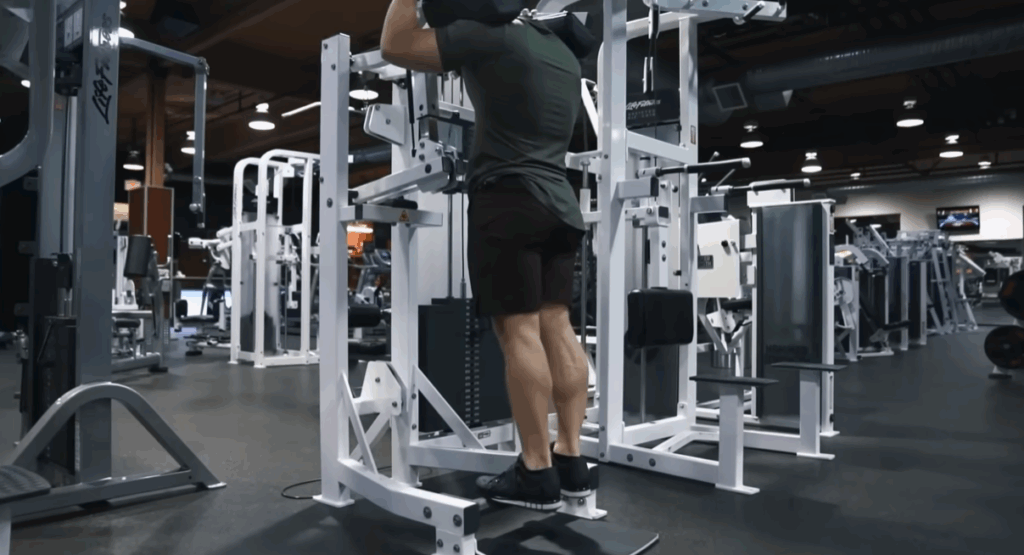
Understanding Calf Anatomy and Function
The calves are composed primarily of two muscles:
- Gastrocnemius – The larger, two-headed muscle visible when you flex your calves. It crosses both the ankle and knee joints, assisting in ankle plantar flexion (pointing your toes downward) and knee flexion.
- Soleus – A deeper, flatter muscle that sits underneath the gastrocnemius. It only crosses the ankle joint and is heavily involved in endurance-type activities due to its high percentage of slow-twitch fibers.
Why Direct Calf Training Is Necessary
While squats and deadlifts involve some plantar flexion, the range of motion at the ankle is small, and the calves are not significantly challenged. To maximize growth, you need direct isolation work that takes these muscles through their full range.
Straight vs. Bent-Leg Calf Raises
- Straight-Leg Calf Raises (standing or on a leg press) emphasize the gastrocnemius because the knee remains extended.
- Bent-Leg Calf Raises (seated) place the gastrocnemius in a shortened position, shifting more tension to the soleus.
For complete development, both should be included in your routine.
Optimal Rep Ranges for Calf Growth
The calves are predominantly type I (slow-twitch) muscle fibers, especially the soleus, meaning they respond well to higher reps. However, the gastrocnemius also contains fast-twitch fibers that benefit from heavier, lower-rep training.
Recommended Approach
- Heavy Day: 6–12 reps per set, focusing on progressive overload.
- High-Rep Day: 12–20 reps per set, maximizing time under tension.
Training across multiple rep ranges ensures you stimulate all available fibers for growth.
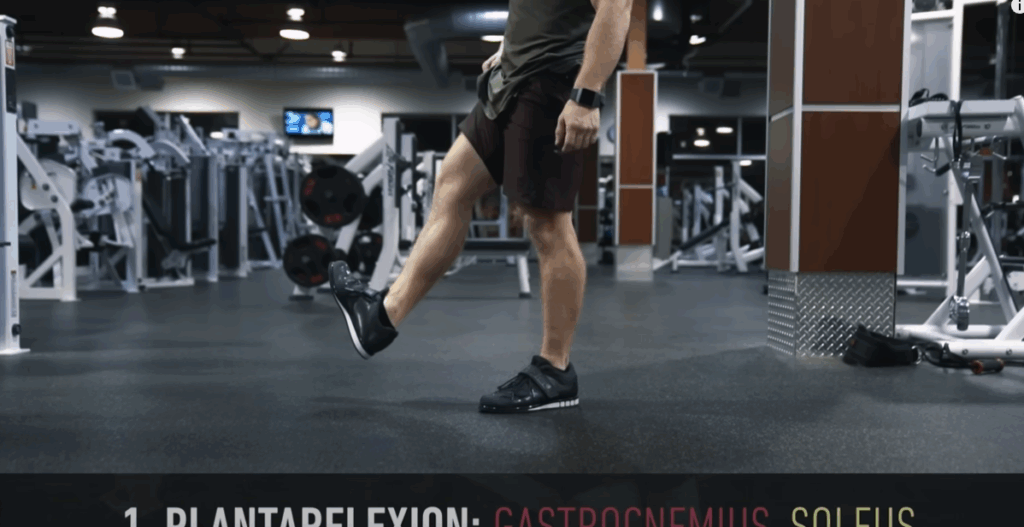
Step-by-Step Guide to Perfect Calf Raises
Whether you’re using a standing calf machine, Smith machine, or leg press, the principles remain the same.
1. Warm-Up and Mind-Muscle Connection
Begin with 1–2 bodyweight sets to loosen the ankle joint and establish a mind-muscle connection. Focus on feeling the stretch and contraction before adding weight.
2. Proper Foot Position
- Keep your feet pointing straight ahead or slightly flared outward.
- Place the balls of your feet on the edge of the platform to achieve a full stretch.
- Barefoot or minimalist shoes can enhance mobility, but standard gym shoes work fine as long as they don’t restrict ankle movement.
3. Full Range of Motion
One of the biggest mistakes people make is bouncing through reps. To maximize muscle recruitment:
- Bottom Position: Lower your heels as far as mobility allows, feeling a deep stretch in the calves.
- Pause: Hold for 1–2 seconds to reduce reliance on the Achilles tendon’s elastic rebound.
- Top Position: Press through your toes, rising as high as possible. Squeeze hard for 1–2 seconds before lowering.
4. Control the Eccentric Phase
Take 2 seconds to lower the weight back to the stretched position. The eccentric portion is where much of the muscle damage—and growth stimulus—occurs.
5. Avoid Cheating
Lock your knees during straight-leg calf raises by actively engaging your quads. This prevents you from turning the movement into a mini-squat. On seated calf raises, keep your hips stable and avoid bouncing or leaning back to gain momentum.
Bent-Leg (Seated) Calf Raise Technique
The same principles apply, but because the soleus is more endurance-focused:
- Use slightly higher reps (12–20).
- Maintain strict form to prevent shifting the tension to other muscles.
- Hold the stretch at the bottom even longer (2–3 seconds) to maximize soleus recruitment.
Advanced Variations for Calf Growth
Once you’ve mastered the basics, consider adding these variations:
1. Donkey Calf Raise
Popularized by old-school bodybuilders, this variation places the calves in a stretched position with hips hinged forward. It’s great for improving flexibility and was shown in EMG studies to produce high muscle activation.
2. Single-Leg Calf Raises
Performing calf raises one leg at a time helps correct imbalances, ensuring both calves develop evenly.
3. Calf Jumps
Explosive calf jumps train the fast-twitch fibers by taking advantage of the calves’ natural strength curve. Use these sparingly as a finisher, not as your primary calf exercise.
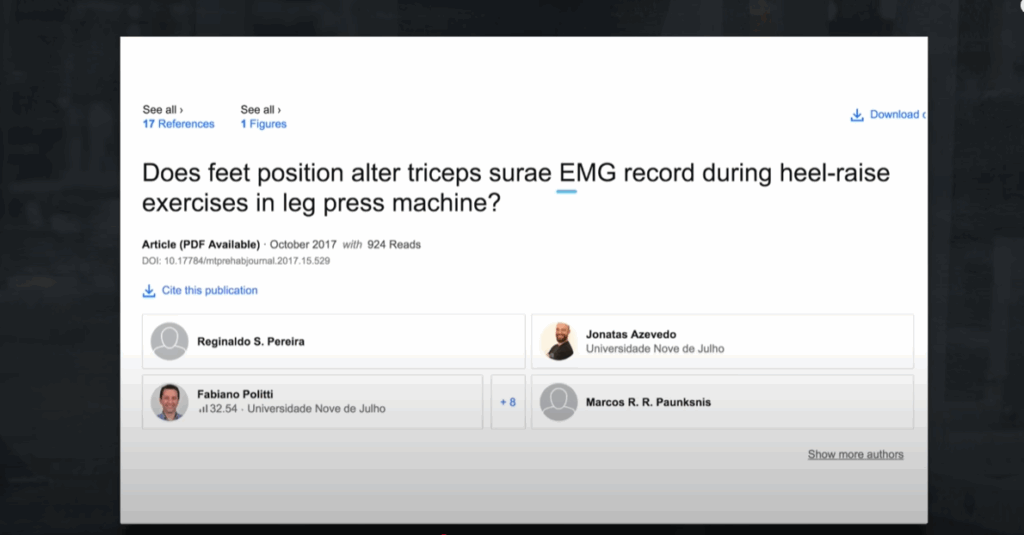
Common Mistakes to Avoid
1. Bouncing or Rushing Reps
Using momentum turns calf raises into a tendon-dominant movement, where the Achilles tendon absorbs most of the force instead of the muscle fibers. Slow down and control every rep.
2. Going Too Heavy
Because calves are highly technique-sensitive, excessive weight often leads to poor range of motion and sloppy form. Focus on quality reps over maximum load.
3. Neglecting Stretch and Squeeze
The stretch at the bottom and the contraction at the top are the two most critical points. If you’re skipping these, you’re leaving growth on the table.
4. Ignoring Mobility
Tight ankles can limit your range. Incorporate calf and ankle mobility drills, and consider weightlifting shoes if ankle flexibility is a limiting factor.
How Often Should You Train Calves?
Given their recovery capacity, calves can be trained 2–3 times per week. Pair one heavy, low-rep session with one high-rep endurance-focused session for optimal growth.
If You Can’t Perform Traditional Calf Raises
For those without access to a standing calf raise machine:
- Leg Press Calf Raises: Place the balls of your feet on the bottom edge of the footplate.
- Smith Machine Calf Raises: Stand on a riser or weight plate to allow a full stretch.
- Goblet Calf Raises: Hold a dumbbell and perform single-leg or double-leg raises.
Final Thoughts
Calf growth requires more than just adding weight and hoping for the best. By applying strict form, controlling every phase of the movement, and training across different rep ranges, you’ll finally see noticeable improvements.
Remember:
✔️ Train with full range of motion
✔️ Pause at both the bottom and top positions
✔️ Include both straight-leg and bent-leg variations
✔️ Be consistent—calves respond best to frequent, progressive training
Commit to this approach, and over time, you’ll build strong, well-developed calves that complement the rest of your physique.


